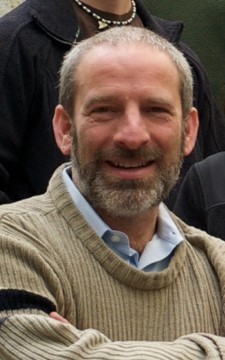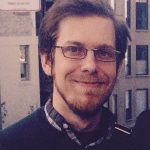About the Seminar:
Observations of NO2 using orbiting UV/Vis spectrometers provide detailed images of cities. Interpreting the images provides insight into present day emissions and chemistry as well as a view into trends in chemistry over the last 15 years. In this talk I’ll describe development of methods that allow for accurate interpretation of the observed spectra and explore novel approaches to using the space based observations as a constraint on trends in urban atmospheric chemistry. Remaining challenges for inferring the concentration of and trends in urban OH from space will be discussed.
About the Speaker:
Ronald C. Cohen is Professor of Chemistry and Professor of Earth and Planetary Science at the University of California, Berkeley. Cohen received a Ph.D. in Physical Chemistry from UC Berkeley in 1991 and did his post-doctoral training at Harvard University. He was Director of the Berkeley Atmospheric Science Center from 2006-2016. He is a fellow of the American Association for the Advancement of Science and the American Geophysical Union. Cohen has mentored over 50 PhD students and postdoctoral fellows and is co-author of over 260 peer-reviewed scientific papers.
Cohen’s air quality and climate research combines satellite, in situ and laboratory observations with state-of-the-art modeling. He is known for his work establishing that RONO2 molecules are a more important sink of NOx than HONO2 on the continents. His group produced, BEHR, the first continental scale, high spatial resolution, analyses of satellite remote sensing of tropospheric NO2. These are publically available http://behr.cchem.berkeley.edu/. Cohen’s is also the developer of BEACO2N, a sensor network observing urban GHGs, trace gases and aerosol with unprecedented spatial resolution: www.beacon.berkeley.edu. BEACO2N was recognized in the Obama administration’s Climate Data Initiative in summer 2014. It is a central part of the Koret Institute of Personal Prevention, connecting neighborhood scale atmospheric observations to the occurrence of childhood asthma in an effort to tailor prevention and treatment to individuals.



